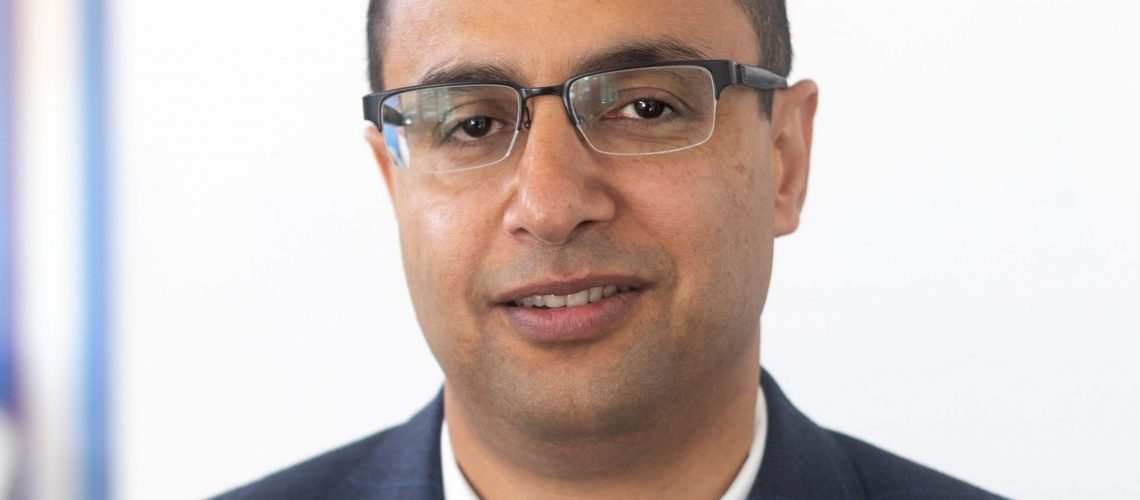With dwindling provider availability and a growing patient population, the healthcare industry is increasingly turning to technological advancements to improve patient outcomes.
During the pandemic, the industry was forced to adapt, leading many practitioners to implement new or updated health technology applications in their clinical settings.
It was a start. But there are still many opportunities for automation to close the gap between provider and patient needs.
Healthcare AI is crucial in the shift from the fee-for-service model to a value-based care model and is expected to be a $34 billion global industry by 2025. Here are five ways AI can help bridge that gap.
- Speed up clinical revenue cycles. Machine-learning tools have the ability to prioritize work and speed up administrative tasks, such as claims inquiries and payment reconciliation. By automating these highly manual processes, the medical industry could save $43.39 for each patient encounter, $29.84 for providers and $13.55 for plans, according to the 2020 CAQH Index. For example, COPE Community Services, a private, nonprofit health care provider in southern Arizona, worked closely with Health Information Management Systems (HiMS) to update an AI-powered electronic health record (EHR) platform called AXiOM that helps providers manage their revenue cycles and bill for certain services. “During the first months of the COVID pandemic, clinics were reporting a 65-70% loss in billable hours, but COPE’s billing actually increased,” said Rod Cook, CEO of COPE. “With AI and machine-learning, processes can be streamlined to prevent errors, pay providers faster and save time.”
- Synthesize and simplify big data. There’s a huge need to maximize healthcare delivery amidst diminishing provider availability and a growing patient population. Today, providers can leverage AI-powered tools that parse and organize patient data to better diagnose and provide a more customized course of treatment. AI can also predict which patient is likely to be readmitted, alerting the staff and providers so they can provide proactive and preventative care.
- Help prevent provider burnout. Before the pandemic, the prevalence of provider burnout sat at an average level of 3 on a scale of 0 to 10, with 10 representing extreme stress. Post-pandemic, clinicians reported a stress level of 8, according to a study by the Society of Critical Care Medicine. When prioritizing a patient-first approach and addressing provider burnout, interoperability becomes paramount. Patients don’t want to repeat the same information to five different staff members just as much as providers don’t want to waste precious time on data entry.
- Support patient-focused care. Fewer resources are available for patient care when time spent on administrative tasks is excessive. Historically, sharing information in healthcare has been time consuming, and data and analytics have been widely underused in increasing efficiency. Put simply, current EHR tools take time away from the patient. With AI-powered solutions, providers can streamline patient outreach, perform daily administrative tasks, store all patient data and practice reporting in one, easy-to-use place. With the shift in payments to focus on a value-based care model, putting the patient at the forefront of care delivery is paramount to better outcomes and higher patient satisfaction.
- Improve medical diagnosing. Predictive modeling algorithms can determine patient health patterns. When you aggregate the data across multiple systems and it’s available to the clinician in real time, they can identify risk factors and health patterns specific to that patient’s needs. This, ultimately, helps providers make better decisions for their patients.
AI and the technologies benefiting from it is the future of care delivery.
This technology is crucial for making optimal use of patient data, reducing provider burnout, speeding up revenue cycles and more strongly supporting patient-focused care.
Khalid Al-Maskari is CEO of Health Information Management Systems (HiMS).
——————————————————
Photo courtesy of: Health Information Management Systems
Originally Published On: Health Information Management Systems
Follow Medical Coding Pro on Twitter: www.Twitter.com/CodingPro1
Like Us On Facebook: www.Facebook.com/MedicalCodingPro







